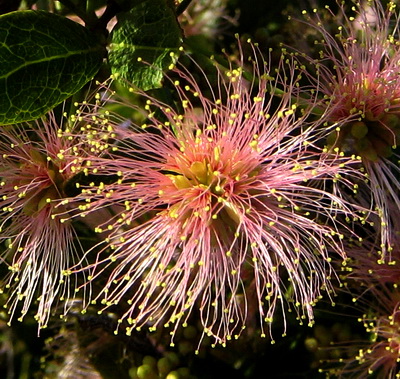 If you spend any amount of time near a body of water, you are sure to see dragonflies. Like tiny helicopters they hover... darting here and there... flipping and twisting... straight up or nose dive... reaching speeds of up to 36 miles per hour (though not all of them are that fast), then stopping in an instant. Their flight is fascinating to watch, if you can keep track of them! Did you know that they can move their four wings independently of each other?
If you spend any amount of time near a body of water, you are sure to see dragonflies. Like tiny helicopters they hover... darting here and there... flipping and twisting... straight up or nose dive... reaching speeds of up to 36 miles per hour (though not all of them are that fast), then stopping in an instant. Their flight is fascinating to watch, if you can keep track of them! Did you know that they can move their four wings independently of each other?Then they land and you get a brief opportunity to admire the colors and patterns on their wings and bodies. God must love being creative. I found out that there are more than 5,000 known species of dragonflies and damselflies worldwide, with 155 species in Tennessee alone!
Also, did you know that dragonfly eyes take up pretty much their whole head and that each eye is composed of as many as 30,000 "lenses"? They almost have 360 degree vision which means they can see in all directions at the same time! They can also see a wider spectrum of colors than humans, such as being able to see ultraviolet (UV) light. Their multifaceted eyes allow them to be acutely sensitive to movement, which helps them catch other flying insects for diner such as mosquitoes, flies, gnats, and bees.
Here is a brief look at their life cycle.
 |
| Dragonfly nymph (the shell that remained after the dragonfly emerged) |
 | ||
| A Widow Skimmer |
 |
| I have no idea what species this is, but it had just emerged from the nymph stage |
 |
| Sunning itself on a rock |
The stunning complexity with which the dragonfly was designed leaves me a bit humbled and in awe. Truly, "Great and marvelous are Your works, O Lord God..." Revelation 15:3.










